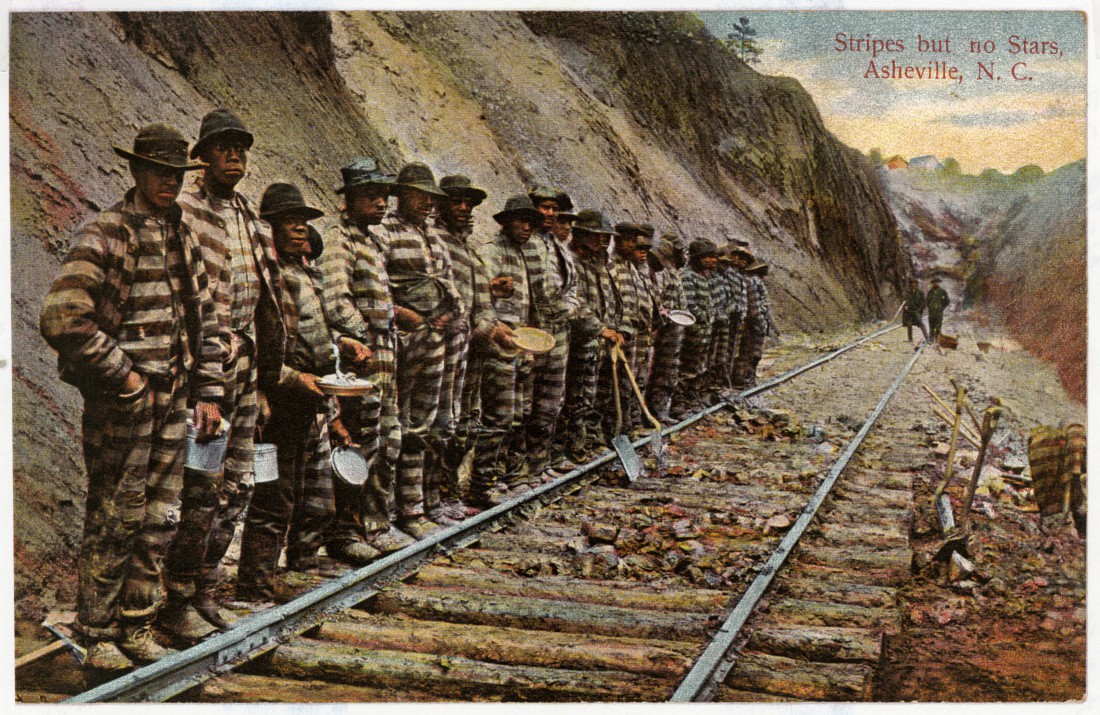- Feb 5, 2002
- 166,520
- 56,190
- Country
- United States
- Faith
- Catholic
- Marital Status
- Married
- Politics
- US-Others
In recent years, many writers have offered advice about how to manage a Thanksgiving conversation with friends or family members who hold very different opinions about politics, religion, or the newly radioactive topics of epidemiology and immunology. Most of these articles recommend that we avoid areas of known disagreement for fear of disrupting the emotional ecosystem of a holiday get-together.
But what should we do when we’re in the classroom, and the uncomfortable topic is historical rather than political? Specifically, what do we do about historical events in which some students’ ancestors mistreated other students’ ancestors? My course on the history of our country after 1890 includes what I’ve called “perhaps the most disturbing class you will ever have at The Heights”—the class on convict leasing. It’s what we might call Ugly History, a story of large-scale cruelty and dehumanization that stands out even against the backdrop of our nation’s troubled racialized past. And it does shock the students; the room is usually silent when we talk about it. So I was a little surprised when the Harmony Club asked me to talk about it again at a club event over the lunch hour. A colleague wondered aloud whether that would really contribute to greater racial harmony, and I understood his doubts. Why talk about that if the goal is harmony? Wouldn’t it be better to forget the unforgivable? Or if we can’t quite forget it, shouldn’t we at least agree not to talk about it when we’re all trying to get along?
But I have found it to be an important lesson in class, and I think the Harmony Club leaders were right to want to talk about it more rather than less.
The Reincarnation of Slavery
Continued below.

 heightsforum.org
heightsforum.org
But what should we do when we’re in the classroom, and the uncomfortable topic is historical rather than political? Specifically, what do we do about historical events in which some students’ ancestors mistreated other students’ ancestors? My course on the history of our country after 1890 includes what I’ve called “perhaps the most disturbing class you will ever have at The Heights”—the class on convict leasing. It’s what we might call Ugly History, a story of large-scale cruelty and dehumanization that stands out even against the backdrop of our nation’s troubled racialized past. And it does shock the students; the room is usually silent when we talk about it. So I was a little surprised when the Harmony Club asked me to talk about it again at a club event over the lunch hour. A colleague wondered aloud whether that would really contribute to greater racial harmony, and I understood his doubts. Why talk about that if the goal is harmony? Wouldn’t it be better to forget the unforgivable? Or if we can’t quite forget it, shouldn’t we at least agree not to talk about it when we’re all trying to get along?
But I have found it to be an important lesson in class, and I think the Harmony Club leaders were right to want to talk about it more rather than less.
The Reincarnation of Slavery
Continued below.

The Importance of Ugly History | Heights Forum
History teacher Mark Grannis discusses what we get out of dredging up the sins of the past. Why study ugly, racist, or evil history?
